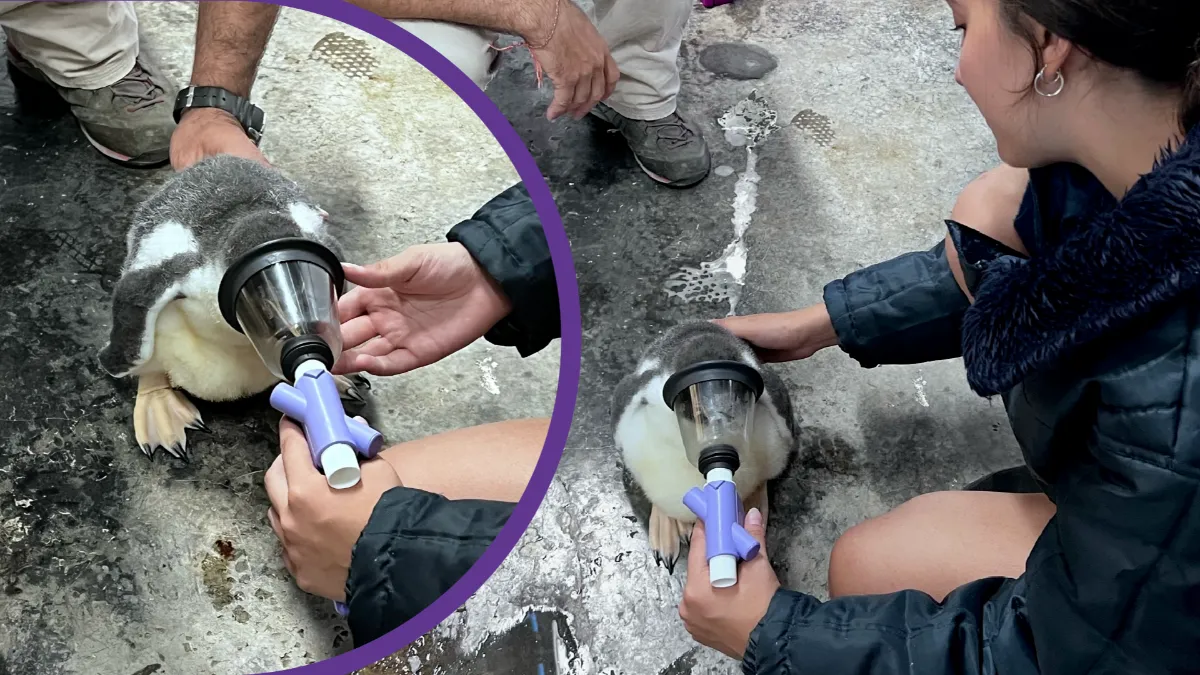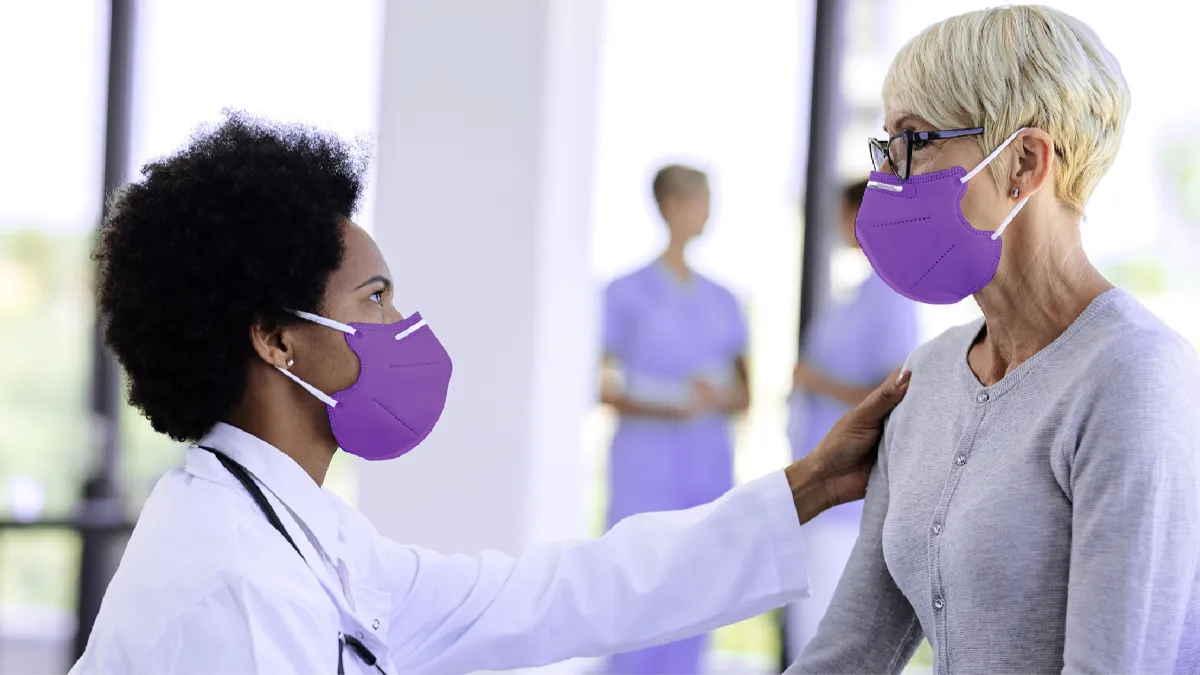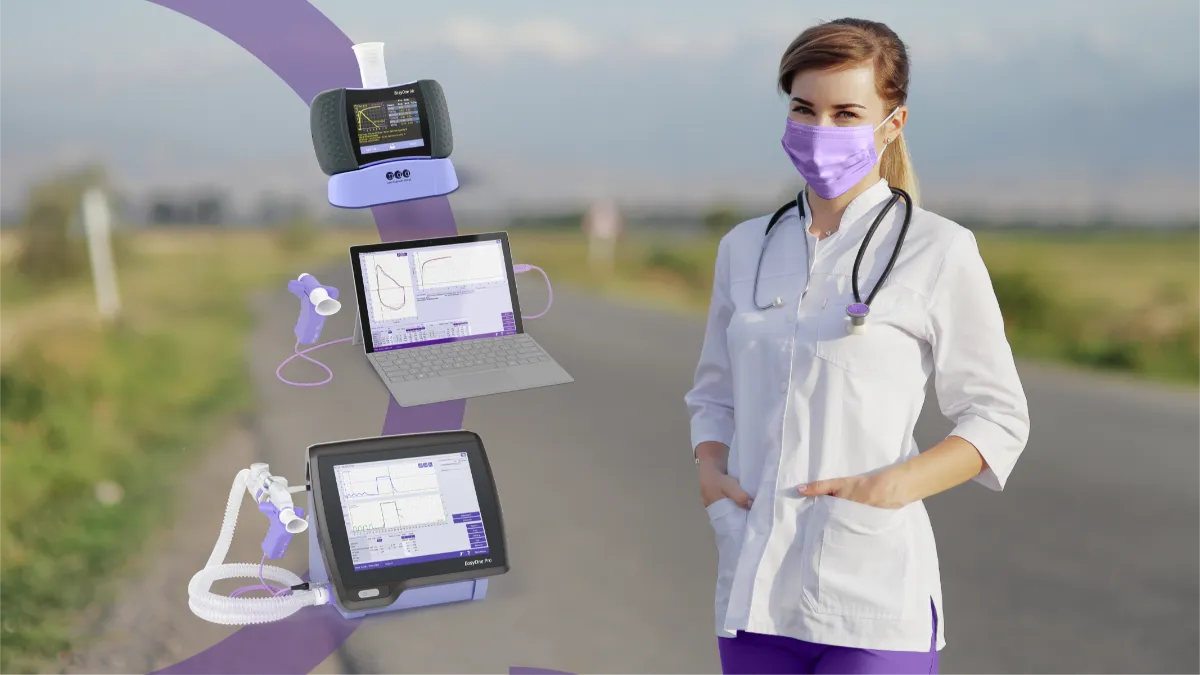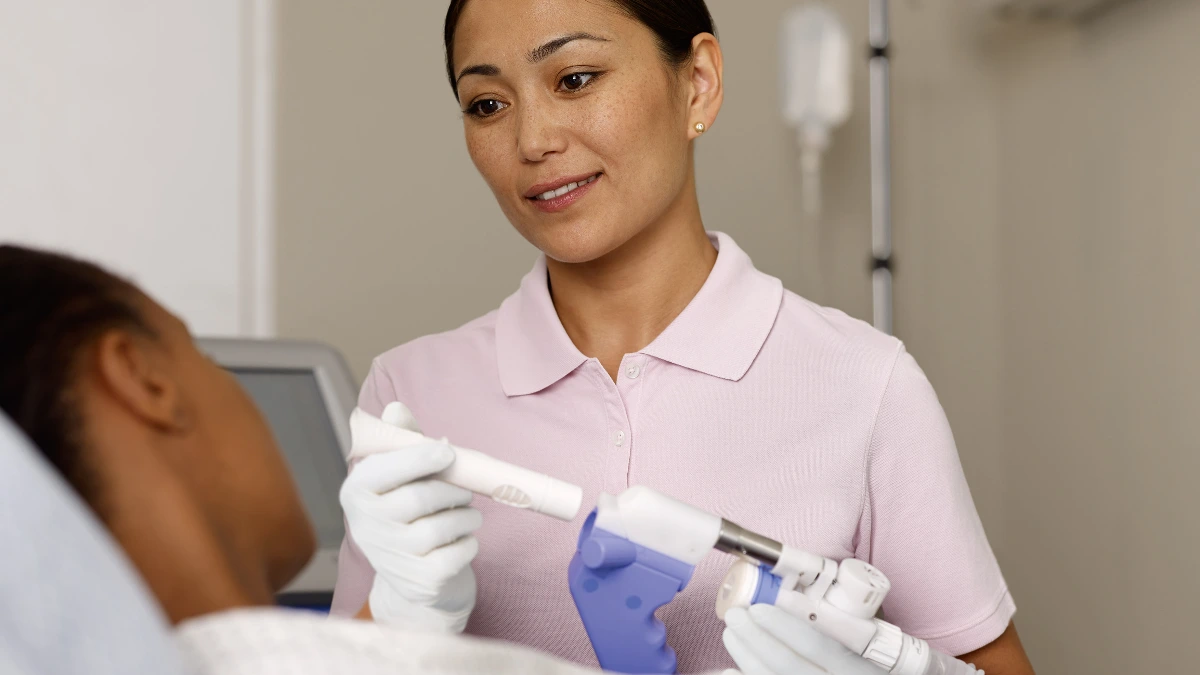Coal miners & respiratory disease
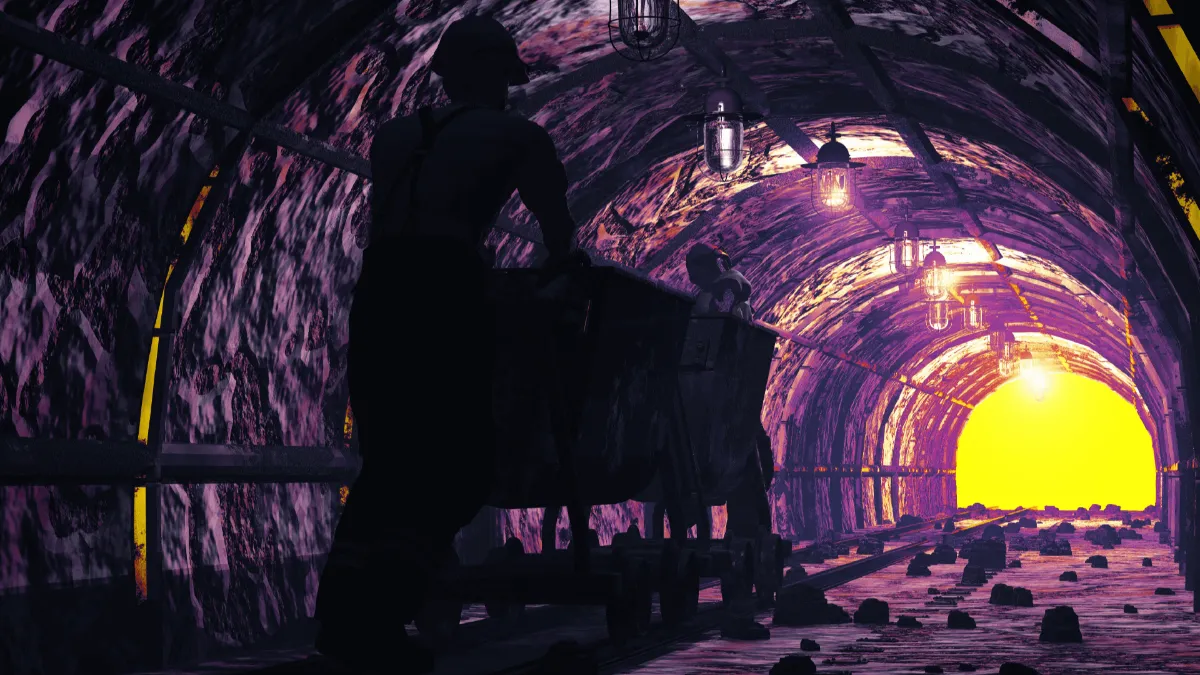
Respiratory diseases are prevalent in the coal mining industry. In particular, coal miners risk developing pneumoconiosis, and the rates of lung disease among miners continue to rise.
The risk comes from frequent exposures to airborne dust, including particles small enough to inhale and enter the lungs. Pneumoconiosis takes on different forms, including black lung disease, also known as miner’s lung.
Pneumoconiosis is just one of the 200+ types of pulmonary fibrosis and isn’t the only medical concern for coal miners. Miners also face an increased risk of COPD, lung cancer, and other lung diseases.
How does coal miner’s pneumoconiosis develop? #
When miners frequently inhale coal dust, tiny dust particles make their way into the lungs and down to the alveoli, air sacs in the lungs where gas exchange occurs. When dust particles build up in the lungs, the lungs try to clear them out, causing inflammation and scar tissue. The type of dust inhaled determines the form of pneumoconiosis the miner develops.
In many cases, this buildup of dust and scar tissue takes years to show up, and symptoms don’t develop for many years.
Facts about coal miner’s pneumoconiosis #
- Coal Worker’s Pneumoconiosis symptoms include shortness of breath or cough, although some may not experience any symptoms.
- Progressive massive fibrosis is a form of miner’s pneumoconiosis characterized by scarring or fibrosis in the lungs 10 mm or larger. Symptoms include shortness of breath, black sputum, pulmonary hypertension, chronic cough, and frequent pneumonia.
- In 2013, pneumoconiosis and silicosis caused an estimated 25,000 and 46,000 coal miners’ deaths globally.
- In 2009, silicosis, asbestosis, and pneumoconiosis caused 29,000 deaths in developing countries worldwide. These lung diseases resulted from silica, asbestos, and coal dust exposure.
- In China, 88.06% of 31,789 occupational diseases reported in 2016 were pneumoconiosis. Australia and the United States recognized this safety issue and focused on improving occupational health for coal miners.
Coal is the second-largest energy source worldwide, and respiratory disorders are the most significant cause of morbidity among coal miners. Research shows numerous respiratory disorders among miners, the need for better safety measures to protect their health, and a policy that facilitates an early diagnosis.
Protecting coal miners from respiratory disease: #
What’s next?
It’s necessary to reduce the impact of lung disease among coal workers, and regular medical screenings play a crucial role.
The National Institute for Occupational Safety and Health (NIOSH) offers recommendations for the coal mining industry, which include these critical components:
- Chest X-rays
- Spirometry testing
- Respiratory assessment questionnaires
- Advanced pulmonary function testing, such as DLCO, if indicated for your population pre NIOSH/OSHA
Once a miner begins work, NIOSH recommends a spirometry test and chest x-ray as soon as possible. Spirometry, which measures lung function, detects breathing impairment and lung disease. For miners, spirometry should be measured every year of employment for the first three years and, after that, every two to three years while remaining a miner. Chest X-rays must be performed on the initial examination and every three years thereafter.
In addition, it’s recommended employees receive standard respiratory symptom and occupational history questionnaires at the initial exam and every follow-up exam.
NIOSH offers the Enhanced Coal Workers’ Health Surveillance Program to provide screening services across the U.S. with state-of-the-art mobile testing units like the EasyOne Air.
The program aims to detect black lung or coal worker pneumoconiosis and prevent its progression, along with obtaining information about temporal and geographic trends across the population of coal miners. It also seeks input from miners and miner advocates about barriers to participating in health screenings.
These screenings can detect black lung disease early; early diagnosis is essential for early intervention and maintaining lung health.
Clinical statements come from these sources:
https://today.uic.edu/what-is-driving-the-spike-in-black-lung-disease-among-coal-miners
https://www.lung.org/lung-health-diseases/lung-disease-lookup/black-lung/learn-about-black-lung
https://www.cdc.gov/niosh/mining/topics/respiratorydiseases.html
https://www.hopkinsmedicine.org/health/conditions-and-diseases/pneumoconiosis
https://www.ncbi.nlm.nih.gov/pmc/articles/PMC6266950/
https://www.ncbi.nlm.nih.gov/pmc/articles/PMC4556416/
https://www.cdc.gov/niosh/cwhsp/spirometry/




